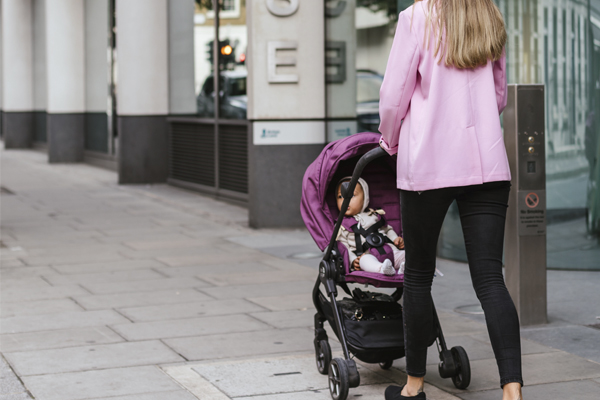A new study carried out by the Institute for Women’s Policy Research (IWPR) has revealed that paid family leave policies lead to 20% fewer women exiting the workforce.
The report, which analyses US states that have implemented paid leave policies, found a 20% reduction in the number of women leaving their jobs in the first year after having a child, and up to a 50% reduction after five years.
The study, funded by the March of Dimes Center for Social Science Research, analysed labour market participation among women in California and New Jersey, before and after each state implemented a paid family and medical leave system. Over the long term, paid leave nearly closes the gap in workforce participation between mothers of infants and women without young children, according to the report. Without access to paid leave, around 30% women will drop out of the workforce within a year after having a child, and one in five will not return for over a decade, confirmed IWPR.
The impact of access to paid leave was particularly pronounced for women with higher levels of education, who saw increases in their labour force participation up to eight years after birth. These trends indicate that paid leave is especially important for ensuring that the most educated workers are able to participate in the workforce, added IWPR.

VALUABLE BENEFIT
“In most US households, when a child is born, the default is that the mom steps away from the labour force at least temporarily,” said the study’s co-author Kelly Jones, Assistant Professor in the Department of Economics at American University and Senior Research Economist at IWPR. “If she can do that in a way that guarantees her return to that job and provides partial wage replacement, we are much more likely to encourage her attachment to the workforce.”
“Most Americans will face the demands of having a baby and many have to make serious sacrifices that affect much more than their finances,” added Dr Rahul Gupta, Chief Medical and Health Officer, Senior Vice President of March of Dimes. “This research is yet another proof point of the value of paid family leave, which not only benefits the economy and family finances, but the health of moms and babies, including lower rates of neonatal and infant death. More states must follow the lead of California and New Jersey.”

STATE ISSUE
The United States is the only industrialised nation that does not offer working parents paid time off to care for a new child. Among prime-age workers (aged 25-54) in the US, women’s labour market participation is 75% compared with 89% for men. This share includes those working full-time and part-time and those who are unemployed but seeking work. Meanwhile, fewer than 60% of US workers have access to the Family and Medical Leave Act (FMLA), which requires certain employers and all government agencies to provide 12 weeks of job-protected leave for childbirth, adoption, or serious illness of one’s self or a close relative.
However, that leave is not required to be paid for the vast majority of workers and many cannot afford to take it, according to IWPR. California implemented its Paid Family Leave Programme in 2004, while New Jersey’s Family Leave Insurance Programme followed in 2009. In addition to those states, paid family leave systems currently exist in New York, Rhode Island, Washington, and Washington, DC, with bills pending in other states.
Click here for more information about the report.








































